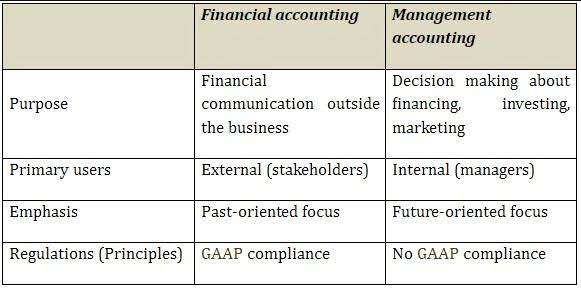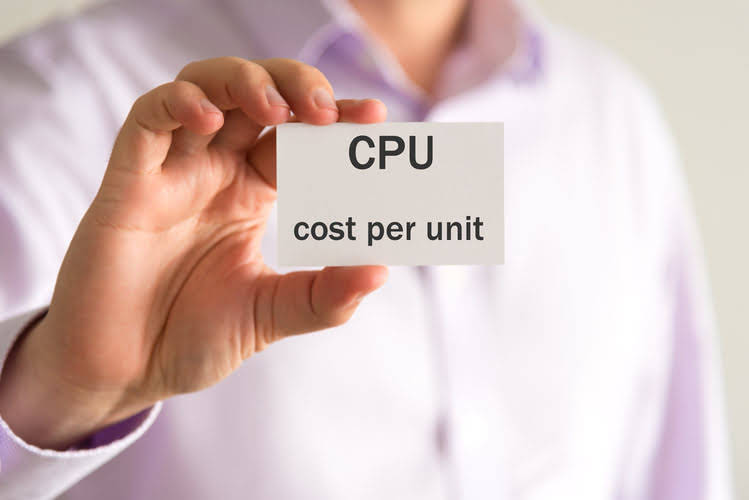
Absolute encoders provide continuous position feedback, while incremental encoders are better suited for speed tracking. Encoders play a crucial role in various industries, enhancing automation, Certified Public Accountant precision, and efficiency. Choosing between absolute and incremental encoders depends on application-specific requirements, such as accuracy, memory retention, speed, and cost-effectiveness.

Incremental Cost vs. Marginal Cost
It is a crucial metric for businesses to consider when evaluating the feasibility and profitability of various options. The management is considering expanding its production capacity by investing in new machinery. They need to compare the additional costs (such as machinery purchase, maintenance, and labor) against the incremental benefits (increased production, sales, and revenue). By analyzing the net impact, they can make an informed decision on whether the expansion is financially viable. Incremental cost analysis is often used to analyze business segments to determine their profitability. All fixed costs, such as rent, are omitted from incremental cost analysis because they do not change and are generally not specifically attributable to any one business segment.
Financial Planning and Analysis (FP&A)

While it simplifies decision-making, it’s essential to account for qualitative factors and strategic implications. In this case, each additional unit costs $50 ($500 divided by 100 units), making it easier for ABC Manufacturing to evaluate the profitability of the promotional campaign. Learn about the definition and calculation of incremental costs in finance, along with examples, to better understand their significance in financial analysis. Discover how incremental manufacturing cost impacts business decisions, its components, and the challenges in accurate calculation. They are always composed of variable costs, which are the costs that fluctuate with production volume. Choosing the right encoder requires evaluating key https://www.bookstime.com/articles/double-declining-balance-method factors such as position tracking needs, power dependency, cost-effectiveness, and system integration.

How is marginal revenue related to the marginal cost of production?
- If we look at our above example, the primary user is product ‘X’ which was already being manufactured at the plant and utilizing the machinery and equipment.
- Calculating incremental cost is a valuable tool for decision making in various industries.
- Incremental cost guides you in choosing when to make your product and when to outsource.
- If a business is earning more incremental revenue (or marginal revenue) per product than the incremental cost of manufacturing or buying that product, then the business earns a profit.
- This is the increase/decrease in the cost of producing one more additional unit or serving one more additional customer.
- The tobacco business has seen the significant benefits of the economies of scale in Case 3.
Labor efficiency ratios can help assess productivity and identify improvement areas. Optimizing labor allocation and investing in training can enhance productivity and reduce costs. Understanding labor dynamics is also critical for accurate product costing and pricing. By focusing on the changes brought about by a specific choice, managers can evaluate options objectively. Whether it’s a small operational decision or a major strategic move, incremental analysis helps navigate the complexities of incremental cost business with clarity and precision.

By understanding these methods, you’ll be better equipped to navigate the complex landscape of decision-making. Understanding a company’s incremental costs is important for decisions like setting pricing, production levels, make vs. buy, adding product features, and more. The calculation of incremental cost needs to be automated at every level of production to make decision-making more efficient. There is a need to prepare a spreadsheet that tracks costs and production output.

Understanding the Concept of Incremental Cost
- This shows the incremental cost of scaling monthly production volumes by 5,000 units is $20,000.
- Data limitations, such as incomplete or outdated information, can also lead to errors.
- All fixed costs, such as rent, are omitted from incremental cost analysis because they do not change and are generally not specifically attributable to any one business segment.
- Incremental costs are usually lower than a unit average cost to produce incremental costs.
- Remember that incremental cost analysis should consider both short-term and long-term effects.
- In motion control and automation, encoders play a crucial role in determining position, speed, and direction.
- Such companies are said to have economies of scale, whereby there is some scope available to optimize the utility of production.
Incremental cost, also known as the marginal or differential cost, refers to the additional cost a business incurs when producing or selling an additional unit of a product or service. In this section, we will delve into the concept of incremental cost and its significance in decision making. Incremental cost refers to the change in total cost that occurs as a result of producing or consuming one additional unit of a product or service.
Navigating Crypto Frontiers: Understanding Market Capitalization as the North Star
Incremental cost is the total cost incurred due to an additional unit of product being produced. Incremental cost is calculated by analyzing the additional expenses involved in the production process, such as raw materials, for one additional unit of production. Understanding incremental costs can help companies boost production efficiency and profitability. Understanding the concept of incremental manufacturing cost is essential for businesses aiming to optimize production efficiency and profitability. This financial metric helps companies determine the additional costs incurred when increasing production levels, providing insights into operational decision-making. Accurately calculating these costs supports pricing strategies, budgeting, and evaluating potential investments or expansions.
